Blog
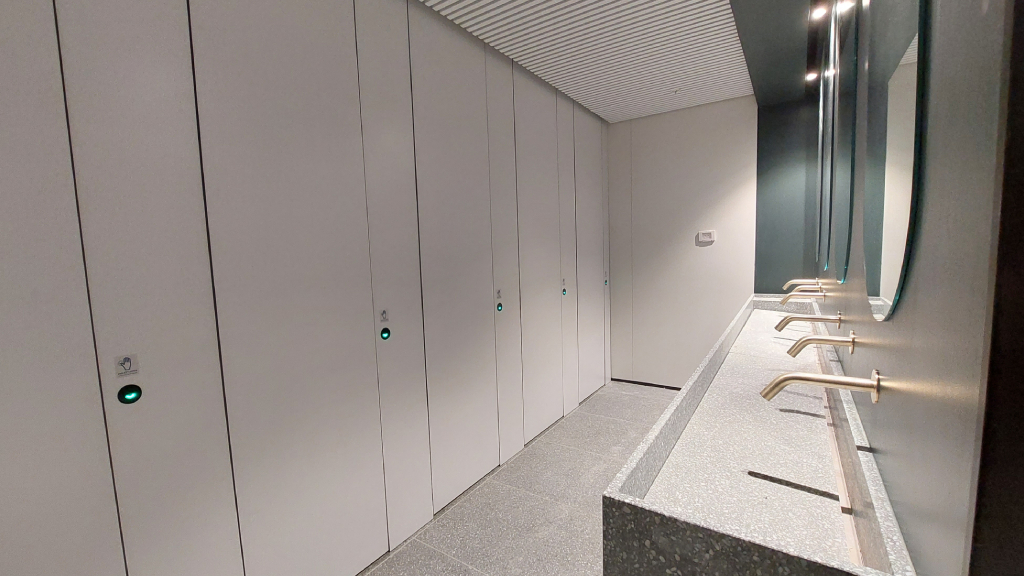
When it comes to designing and furnishing restrooms in commercial, public, or even residential spaces, finding the right balance between durability and style is crucial. High-Pressure Laminate (HPL) WC partitions have emerged as a go-to choice for architects, designers, and facility managers looking to elevate their restroom spaces. In this comprehensive guide, we will explore why HPL WC partitions are the perfect solution, seamlessly combining durability and aesthetic appeal.
Understanding HPL WC Partitions
What is HPL?
High-Pressure Laminate (HPL) is a versatile composite material crafted from layers of kraft paper infused with resins and adorned with a decorative veneer. This intricate layering process results in a material known for its exceptional durability.
Advantages of HPL
HPL boasts several key advantages, including resistance to moisture, impact, and vandalism. Its longevity makes it a cost-effective choice in the long run.
Durability that Stands the Test of Time
Resistance to Moisture and Humidity
HPL’s resistance to moisture and humidity makes it ideal for restroom environments, as it doesn’t warp or degrade over time, even in damp conditions.
Impact Resistance
HPL WC partitions can withstand daily wear and tear in busy restrooms, remaining highly resistant to scratches, dents, and other forms of impact.
Vandalism Deterrent
HPL partitions deter vandalism due to their sturdy construction and resilient surface, making them reliable for public spaces.
Aesthetic Appeal and Design Versatility
Diverse Range of Finishes and Colors
HPL partitions offer a wide array of finishes and colors to complement any restroom design theme, from modern to classic.
Customization Options
Customization options include incorporating graphics, patterns, or branding elements, allowing for a unique and personalized restroom design.
Aesthetic Appeal and Design Versatility
Long-Term Savings
The durability and low maintenance of HPL partitions result in long-term cost savings, requiring minimal upkeep and replacement, reducing lifecycle costs.


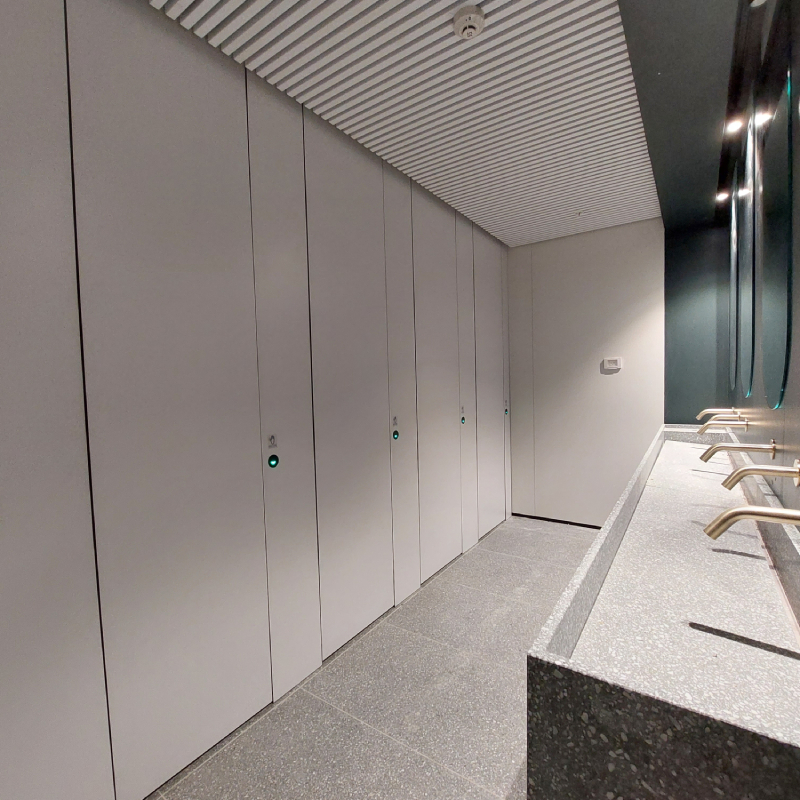
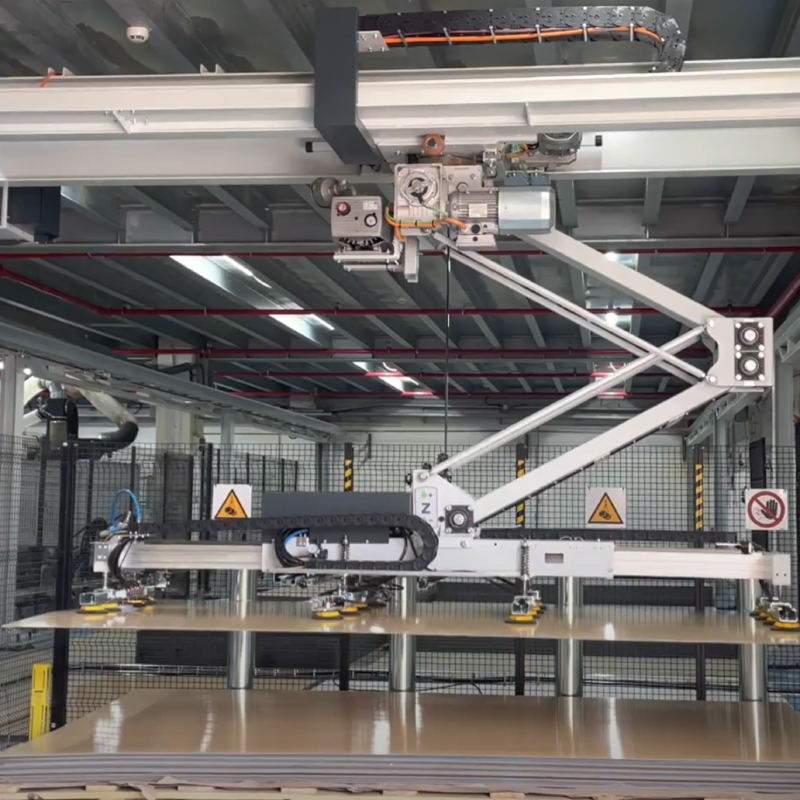
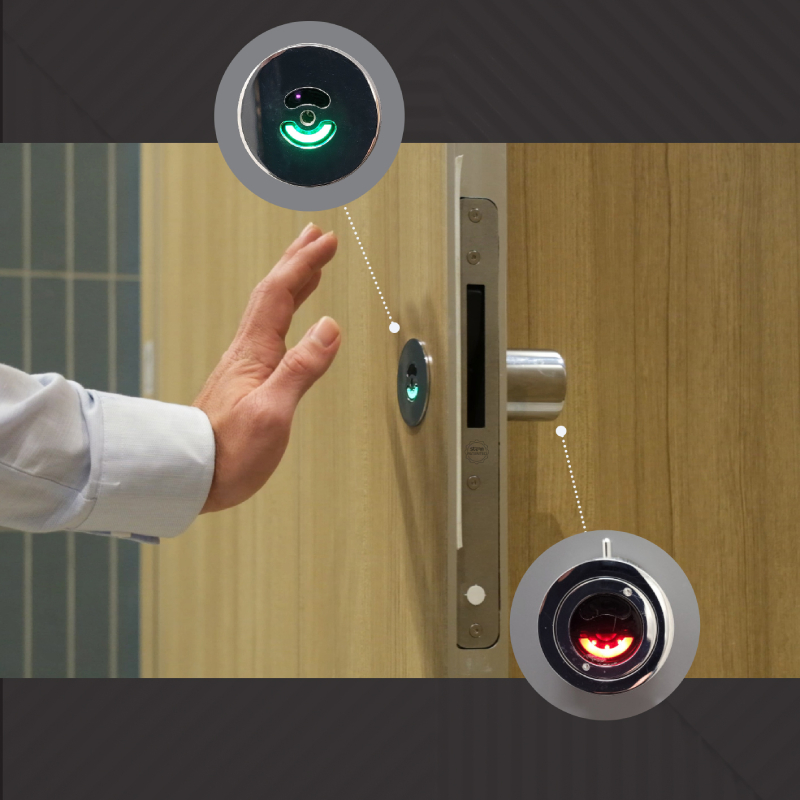
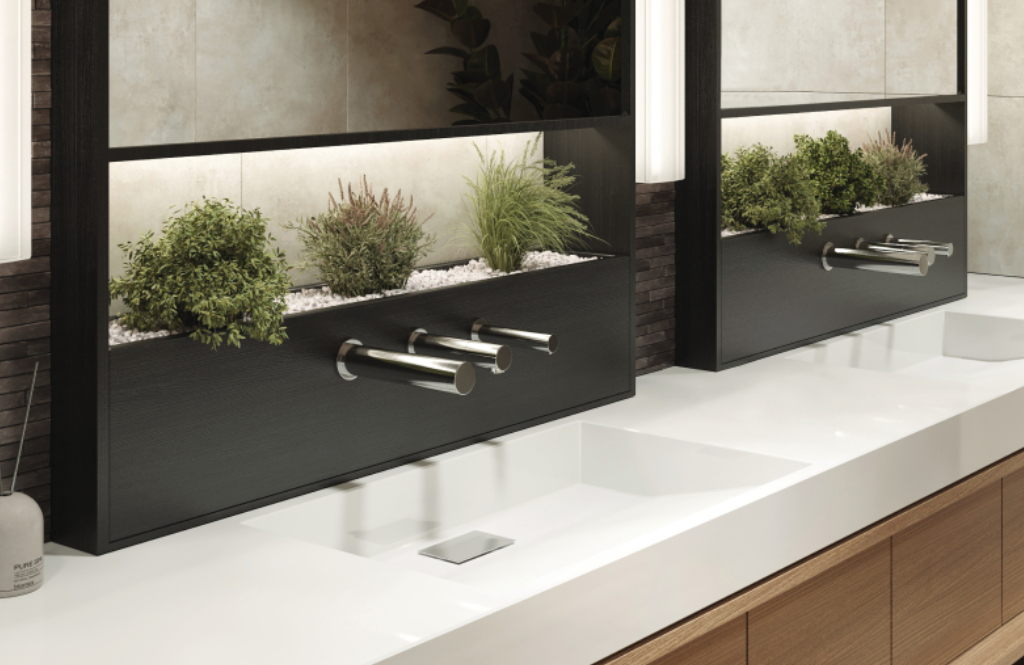
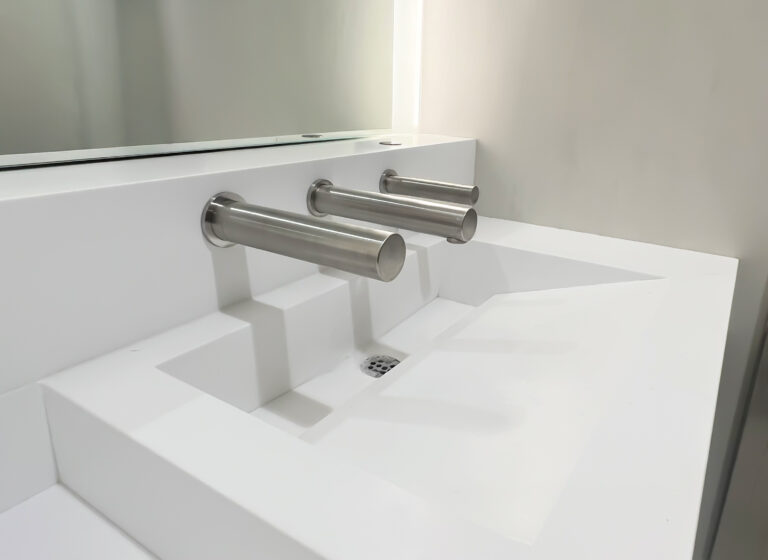

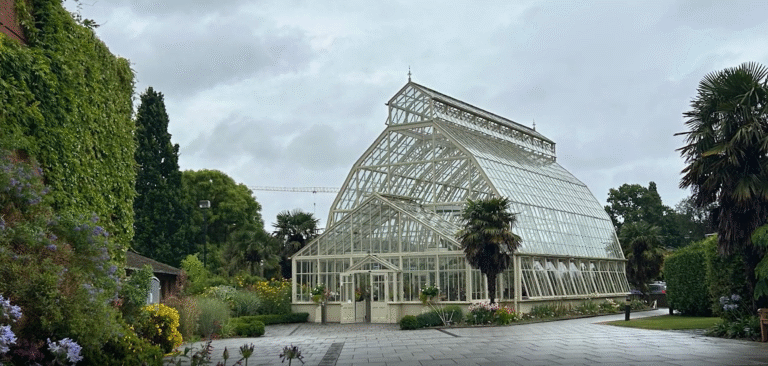
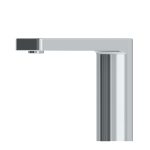 Boreal
Boreal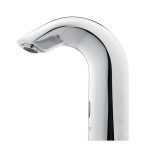 Classic
Classic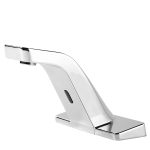 Condor
Condor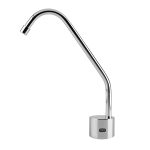 Cool TF
Cool TF Csaba
Csaba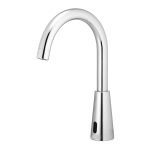 Dolphin
Dolphin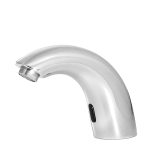 Easy
Easy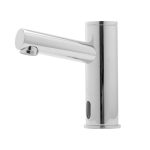 Elite
Elite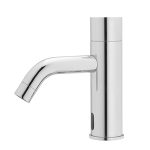 Extreme
Extreme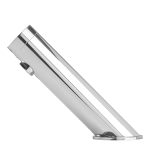 Green
Green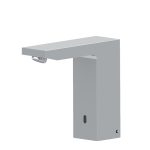 Quadrat DM
Quadrat DM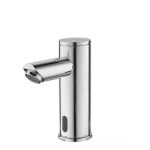 Smart
Smart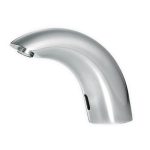 Swan
Swan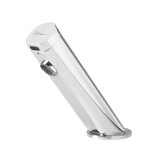 Touch Free
Touch Free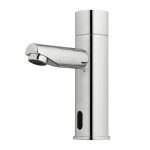 Trendy
Trendy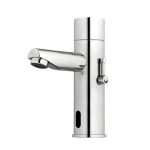 Trendy T
Trendy T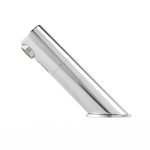 Tubular DM
Tubular DM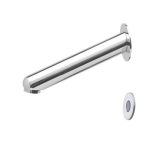 Apollo AL
Apollo AL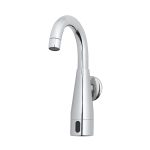 Apollo Free
Apollo Free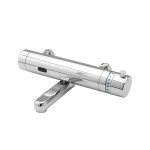 Apollo Medical
Apollo Medical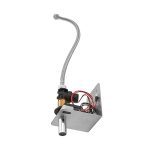 BTM
BTM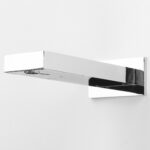 Cubica
Cubica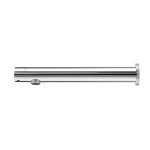 D28
D28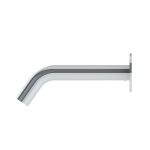 Extreme CS
Extreme CS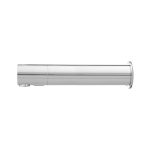 Malmo
Malmo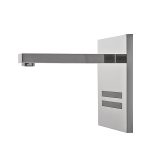 Nara Q
Nara Q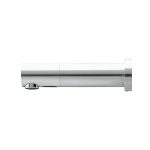 Tubular
Tubular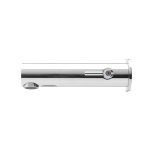 Tubular 1000
Tubular 1000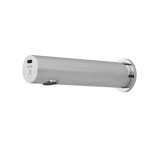 Tubular Wave DP LE
Tubular Wave DP LE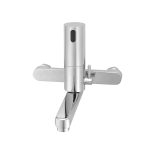 Washfree 1000
Washfree 1000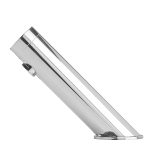 Green Time
Green Time